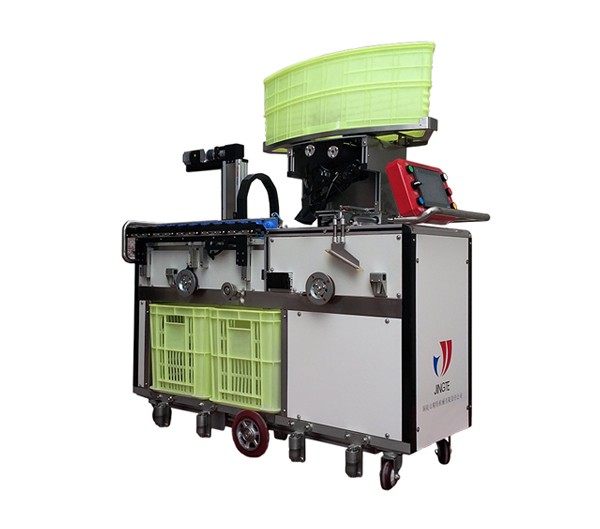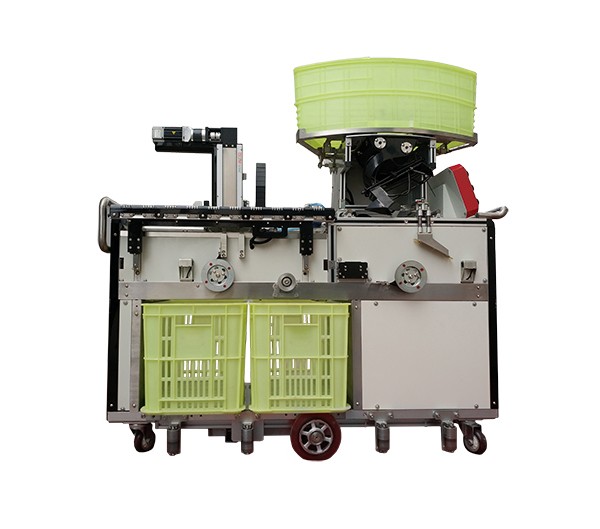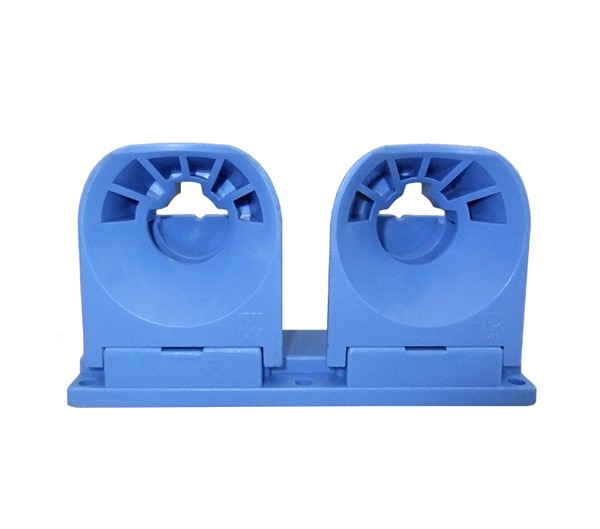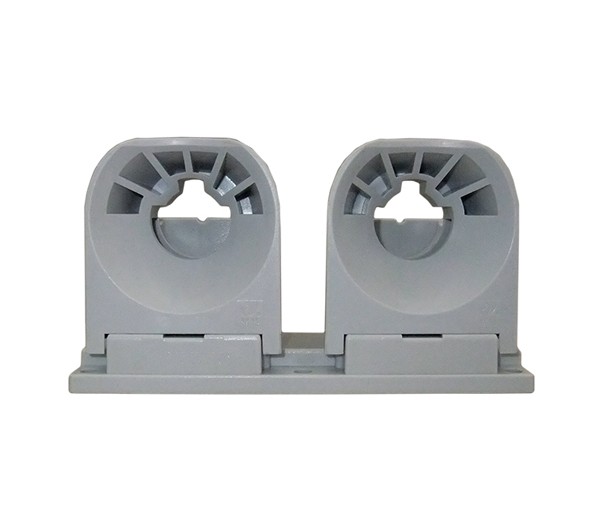Xinjiang Cotton Textile Industry Return to the New Deal! Classified Management of 79 Recorded Items
來(lái)源:未知 發(fā)布時(shí)間:2018/6/20 0:00:00
In order to promote the healthy and sustainable development of Xinjiang textile and apparel industry, we should further strengthen the management of cotton textile projects under construction, stabilize and optimize the stock, allocate increments scientifically, and promote high-quality development of the industry. On April 27, Xinjiang Uygur Autonomous Region issued a document "Notice on Strengthening the Management of Cotton Textile Construction Projects and Promoting High Quality Development of Industry".
The document emphasizes 79 projects on record, among which 58 are self-invested projects, while the remaining 21 are not yet self-invested projects, which are classified and dealt with.
The document pointed out that the total production capacity should be firmly controlled. The backward production technology, equipment and second-hand equipment obsoleted by the state and those obsoleted by the mainland shall not be transferred or used to Xinjiang. The air spinning cotton spinning projects that have not yet ordered equipment in the verification will no longer give policy support to the existing cotton spinning industry. Apart from the existing cotton spinning enterprise expansion projects and the cotton spinning projects that are really necessary for the development of the whole industrial chain, no new cotton spinning projects shall be built.
We will further strengthen project management under construction and classify cotton spinning projects under construction. Policy support will continue to be given to 58 projects that have been put on record and have been independently invested by enterprises. For 21 projects that have not been independently invested by enterprises on record, construction can be resumed and policy support for the existing cotton textile industry will no longer be given.
Limiting New Cotton Spinning Capacity
Cotton spinning projects not included in 79 items on record (except three prefectures in Southern Xinjiang) should not be built in principle. All localities should strengthen the management of cotton spinning projects under construction and strictly implement the responsibility system of project territorial management. For 58 projects that have been put on record and have been independently invested by enterprises, all localities should actively coordinate and accelerate the progress of project construction. For 21 projects that have not been independently invested and constructed by registered enterprises, local governments should fully coordinate with investors, and enterprises should decide the progress of project construction on their own.
Strictly guard against financial risks and strictly prohibit governments from borrowing money in disorder to build cotton spinning projects. For construction projects that form government debts or government recessive debts, they must be repaid within the prescribed time limit.
The document emphasizes 79 projects on record, among which 58 are self-invested projects, while the remaining 21 are not yet self-invested projects, which are classified and dealt with.
The document pointed out that the total production capacity should be firmly controlled. The backward production technology, equipment and second-hand equipment obsoleted by the state and those obsoleted by the mainland shall not be transferred or used to Xinjiang. The air spinning cotton spinning projects that have not yet ordered equipment in the verification will no longer give policy support to the existing cotton spinning industry. Apart from the existing cotton spinning enterprise expansion projects and the cotton spinning projects that are really necessary for the development of the whole industrial chain, no new cotton spinning projects shall be built.
We will further strengthen project management under construction and classify cotton spinning projects under construction. Policy support will continue to be given to 58 projects that have been put on record and have been independently invested by enterprises. For 21 projects that have not been independently invested by enterprises on record, construction can be resumed and policy support for the existing cotton textile industry will no longer be given.
Limiting New Cotton Spinning Capacity
Cotton spinning projects not included in 79 items on record (except three prefectures in Southern Xinjiang) should not be built in principle. All localities should strengthen the management of cotton spinning projects under construction and strictly implement the responsibility system of project territorial management. For 58 projects that have been put on record and have been independently invested by enterprises, all localities should actively coordinate and accelerate the progress of project construction. For 21 projects that have not been independently invested and constructed by registered enterprises, local governments should fully coordinate with investors, and enterprises should decide the progress of project construction on their own.
Strictly guard against financial risks and strictly prohibit governments from borrowing money in disorder to build cotton spinning projects. For construction projects that form government debts or government recessive debts, they must be repaid within the prescribed time limit.




